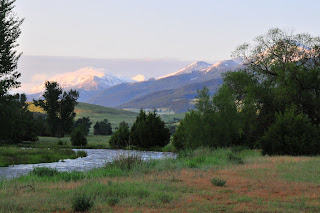
The Spring wildflowers are out in profusion now. I was able to capture a few good images yesterday morning as the sun was rising. It had rained hard overnight though and many of the smaller flowers had been pounded pretty hard and weren't looking very happy. They will come back but at the time I was there they didn't make good subjects.
I caught myself making a common error during my shooting spree, and it's one that can be mostly attributed to having not been out shooting in awhile. Right at sunrise I had been shooting pictures of a mountain scene. I had a beautiful river with an "S" curve in the foreground, trees framing the right and left edges, and a beautiful view of high mountains with new snow on their peaks.
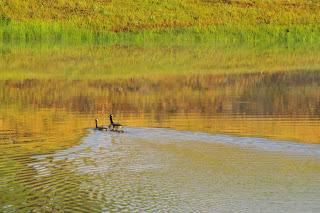 Ridge top winds were causing clouds at the tops of the peaks to flow off to the right, and the sun was just beginning to bath the mountainside with light. As I worked the shot with different views, frame compositions, and so on I needed to turn off my auto focus and do that manually for a little while. I soon lost my light and my inspiration for this scene and decided to move on. As I drove my truck to my new locations the sun continued to bath new scenes with morning light and captured pictures of barns, cattle, geese on a pond and so on. By the time I got to the geese on the pond, I noticed that I was having problems with focus again and tried to adjust the viewfinder focus dial thinking my eyes were the problem. Later on as I was traveling to where I wanted to shoot the wildflower scenes I stopped at another old barn that was swimming in light. I set up my tripod and prepared to shoot, but I discovered that at the closer range I was now, I couldn't focus the image. It was then that I realized that I had turned off the auto focus.
Ridge top winds were causing clouds at the tops of the peaks to flow off to the right, and the sun was just beginning to bath the mountainside with light. As I worked the shot with different views, frame compositions, and so on I needed to turn off my auto focus and do that manually for a little while. I soon lost my light and my inspiration for this scene and decided to move on. As I drove my truck to my new locations the sun continued to bath new scenes with morning light and captured pictures of barns, cattle, geese on a pond and so on. By the time I got to the geese on the pond, I noticed that I was having problems with focus again and tried to adjust the viewfinder focus dial thinking my eyes were the problem. Later on as I was traveling to where I wanted to shoot the wildflower scenes I stopped at another old barn that was swimming in light. I set up my tripod and prepared to shoot, but I discovered that at the closer range I was now, I couldn't focus the image. It was then that I realized that I had turned off the auto focus.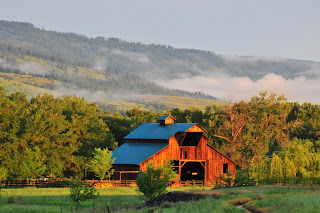
Fortunately the earlier scenes were at considerable distance. I had set the focus at near infinity and was using a small aperture for greater depth of field. So while my shots were not as clear as they could have been, they were not all that bad.
I captured images of lupines, balsamroot, paintbrush, grouse, wild turkey's,deer and another landscape scene that would take you back to another place and time, and make you wish you could have been there. What really made the experience memorable for me, was that I was simply there.
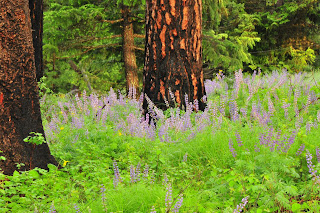 The birds were singing their morning songs, the sun was rising in clear fresh air, and I was the only one there. I carry a small digital voice recorder in my camera bag and I took it out and recorded the sounds of the birds for a little while.
The birds were singing their morning songs, the sun was rising in clear fresh air, and I was the only one there. I carry a small digital voice recorder in my camera bag and I took it out and recorded the sounds of the birds for a little while.DV
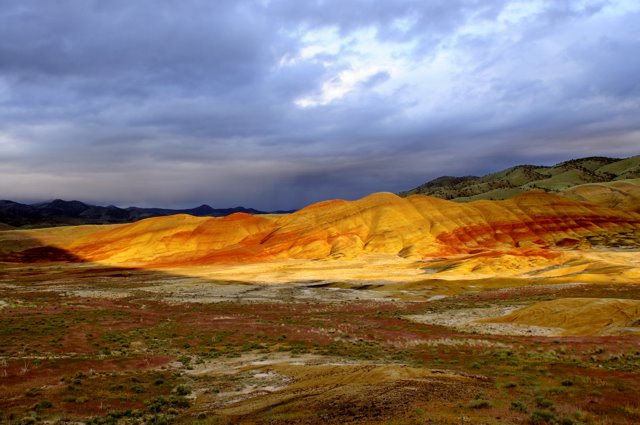
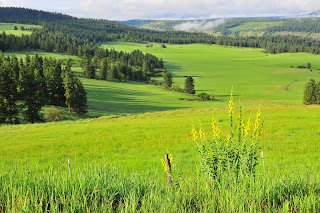
No comments:
Post a Comment